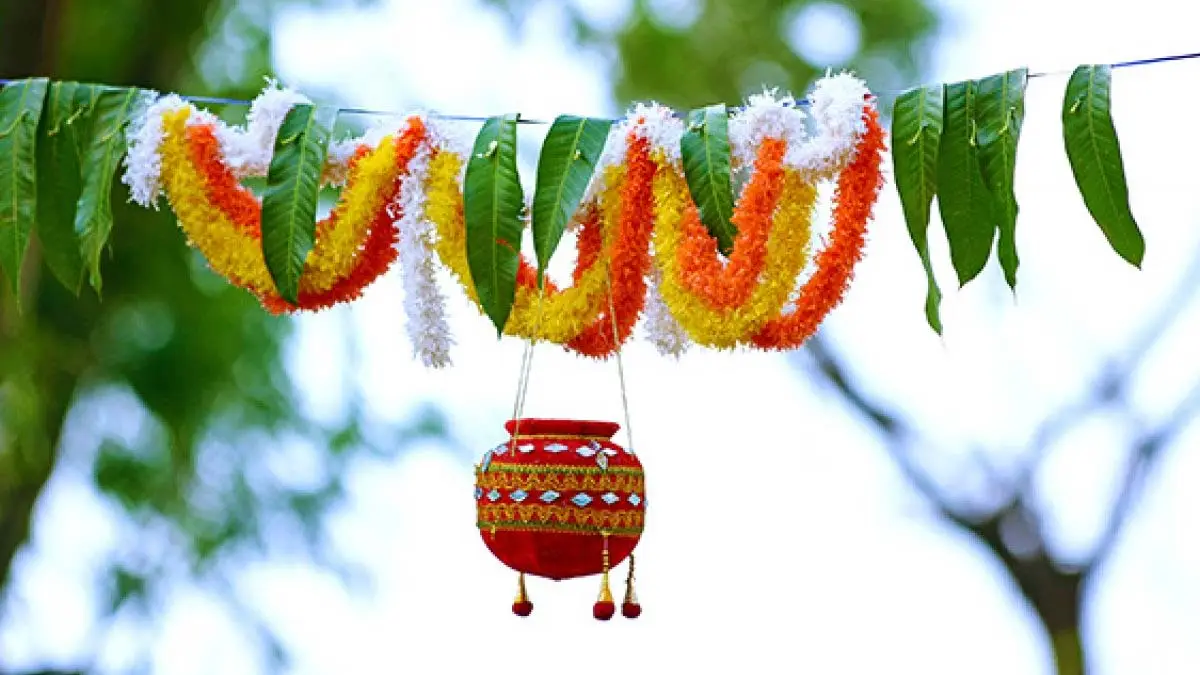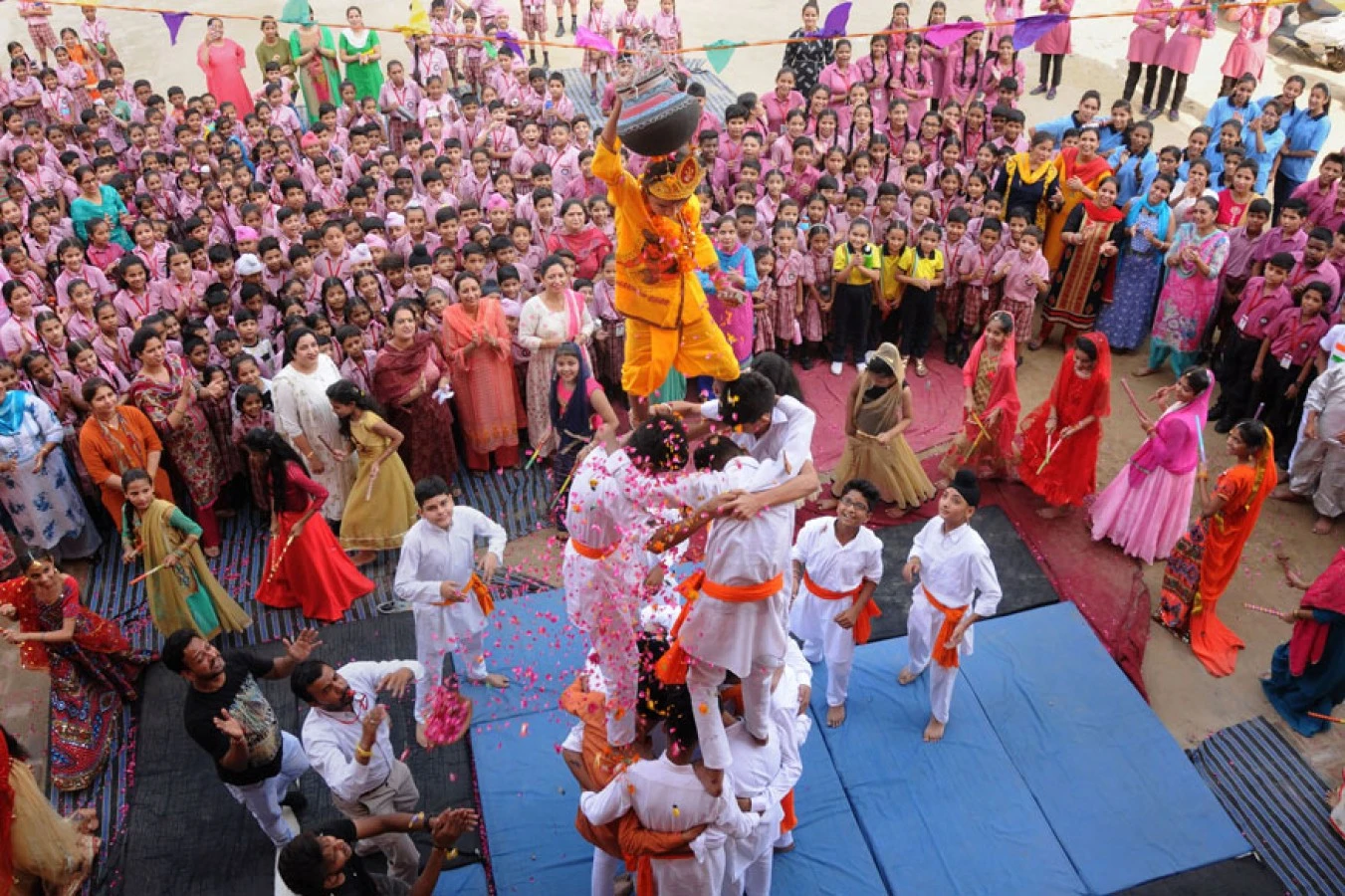Our Festival
Krishna Janmashtami
Embracing Divinity: Celebrating Krishna Janmashtami.
Krishna Janmashtami, also known as Gokulashtami, is an auspicious Hindu festival that commemorates the birth of Lord Krishna, the eighth avatar of Lord Vishnu. Celebrated with fervor and devotion, this festival holds immense significance for millions of Hindus around the world. Let’s delve into the rich tapestry of customs, rituals, and the spiritual essence that surrounds Krishna Janmashtami.

The story of Krishna’s birth is woven with both historical and mythological threads. According to Hindu scriptures, Lord Krishna was born in the Dwapara Yuga, more than 5,000 years ago, in the city of Mathura. His birth was a divine intervention to vanquish the evil King Kansa, who was a tyrant ruling over Mathura.
Krishna's childhood exploits, including his endearing pranks and miracles, are chronicled in the sacred text, the Bhagavad Gita. The festival serves as a reminder of the victory of good over evil and the importance of righteousness in the face of adversity.
Preparations and Poojas:
Preparations for Krishna Janmashtami begin well in advance, with devotees cleaning and decorating their homes and temples. The highlight of the celebrations is the elaborate decoration of the cradle (jhula) where the infant Krishna is placed. Devotees also fast on this day, breaking it only at midnight to symbolize the divine timing of Krishna’s birth.
Special prayers and bhajans (devotional songs) are conducted in temples, creating an atmosphere of spiritual fervor. The recitation of verses from the Bhagavad Gita and other sacred texts adds depth to the religious observances.
Midnight Celebration:
Krishna Janmashtami is renowned for its midnight celebration, which marks the precise moment of Lord Krishna’s birth. Temples echo with the sound of conch shells, bells, and ecstatic chants as devotees eagerly await the midnight hour. The deity’s idol is bathed in milk and adorned with new clothes and jewelry, symbolizing the divine arrival of Lord Krishna.
Dahi Handi – Breaking the Pot:
One of the most popular customs associated with Krishna Janmashtami is the Dahi Handi, where a clay pot filled with curd or butter is suspended at a height. Enthusiastic groups of young men, known as “Govindas,” form human pyramids to reach and break the pot. This ritual commemorates Krishna’s love for butter as a child and signifies teamwork, perseverance, and the triumph of unity over obstacles.
Spiritual Significance:
Beyond the festivities and rituals, Krishna Janmashtami holds profound spiritual significance. Lord Krishna, through his teachings in the Bhagavad Gita, imparts wisdom on duty, righteousness, and the path to spiritual enlightenment. The festival encourages introspection, devotion, and a rekindling of one’s connection with the divine.


Holi, with its kaleidoscope of colors and infectious joy, is more than just a festival. It is a celebration of life, love, and the renewal of nature. As people come together to play, dance, and share in the revelry, Holi transcends religious and cultural boundaries, fostering a sense of community and togetherness that resonates far beyond the borders of India. May the colors of Holi inspire us all to embrace the diversity around us and celebrate the beauty of unity.
Error: Contact form not found.
